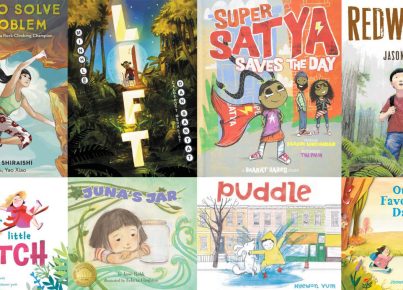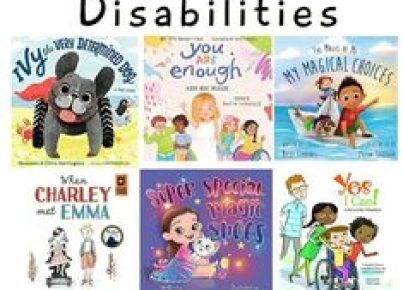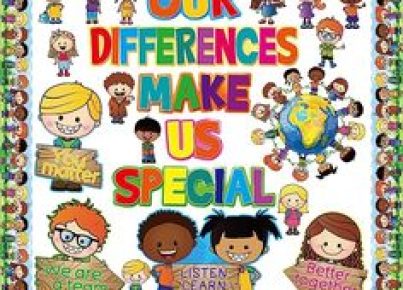In an increasingly diverse and interconnected world, it’s no surprise that teachers are striving to create more inclusive classrooms. One common approach involves discussing various holidays – such as Christmas, Hanukkah, and Kwanzaa – to bring awareness and understanding to different cultures. While introducing these holidays may seem like a step towards inclusion, it isn’t enough. Reducing cultural inclusivity to simply discussing holidays is a shallow approach and misses the broader scope of what true inclusion really looks like.
The Problem with Focusing on Holidays
Although including holidays in lesson plans can add some cultural dimension to the curriculum, it runs the risk of trivializing complex beliefs and customs. By only scratching the surface of these rich traditions, teachers may inadvertently perpetuate stereotypes and misconceptions.
Moreover, by presenting these cultures through a solely holiday-centric lens, educators might implicitly suggest that the students’ experiences and identities revolve around holiday celebrations alone. This narrow view ignores the broader context of their daily lives and diminishes the diversity present in our communities.
Towards Comprehensive Inclusion
To make genuine progress towards inclusivity in education, it’s crucial to move beyond the standard approach of teaching about holidays. Here are some helpful strategies on how to create a truly inclusive environment:
1. Integrating cultural nuances throughout the curriculum: Infuse daily lessons with content that showcases diverse backgrounds not only during holidays but also in other subjects like literature, history, science, or mathematics.
2. Encouraging representation beyond the classroom walls: Diversify school libraries by offering books involving characters and authors from various backgrounds. Foster supportive partnerships with families and communities by hosting cultural events or inviting guest speakers that represent different ethnicities and traditions.
3. Implementing culturally responsive teaching practices: Get to know your students as individuals with their unique identities. Be aware of potential cultural biases in instructional materials and adapt them as needed. Recognize individual students’ learning needs and styles while encouraging the development of their cultural competency skills.
4. Encouraging open dialogue: Foster discussions about diversity, equity, and inclusion in a safe and nurturing environment. Allow space for students to express their opinions, beliefs, and experiences. Actively listen and validate their voices to empower them as members of the classroom community.
5. Building empathy and understanding: Teach students the importance of respecting differences and embracing diversity as an integral part of a thriving community. Empower them with tools to appreciate one another’s perspectives while standing up against discrimination or prejudice.
Conclusion
Embracing cultural diversity requires educators to go beyond just discussing holidays like Christmas, Hanukkah, or Kwanzaa. A truly inclusive education acknowledges students’ unique backgrounds in daily lessons, fosters open dialogue, encourages empathy, and promotes equitable representation both inside and outside the classroom. By actively working towards comprehensive inclusion, we can create a more supportive environment where all individuals – regardless of race, religion, or cultural background – have the opportunity to thrive.





